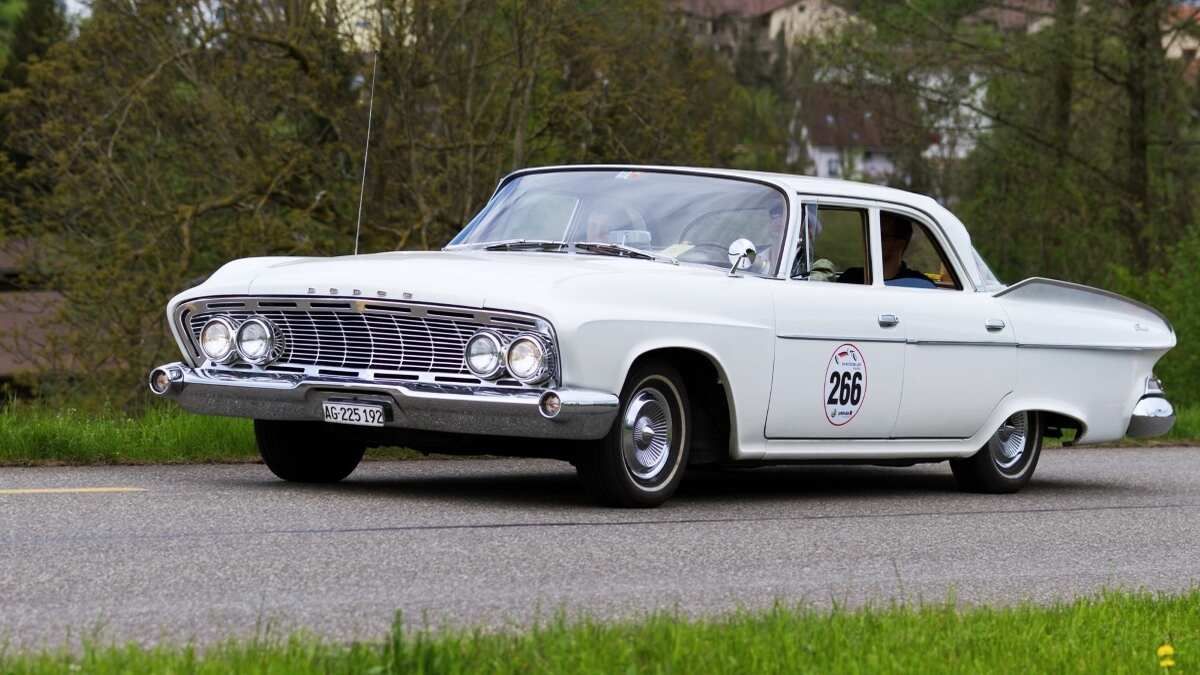If you are one of the many who are frustrated with inflated new car prices and over-engineered design that has advanced to the point of becoming not only ridiculous from a practical standpoint, but also unaffordable with respect to parts, repairs and maintenance costs, then you might have considered choosing a classic car or truck for use as a daily driver.
In a related blog post titled “Why You Should Not Do a Car Rebuild or Restoration Project” the underlying message was that turning to a classic car or truck as a DIY project has several considerations and consequences to it that need acknowledging before undertaking what could become an epic success…or a regrettable failure.
The same is true when deciding to get back to the basics by choosing an older car or truck that is in good enough condition to warrant some investment in repairs with the plan that it will be used as a daily driver.
However, not just any car will do.
Related article: Chevy Trucks to Buy and Not Buy Explained by a Chevrolet Mechanic
Choosing the Right Daily Driver Vehicle
And that was the message in a recent Uncle Tony’s Garage YouTube channel episode where the host offers some beginning advice about the least a budding classic car owner needs to know and consider before responding to a used car advertisement and picking out a model that appears to be the retro way you want to go.
In the video he explains why not just any car will make a good or appropriate choice and which years and model types are good daily driver candidates for classic cars that he believes are the right choices…with a little work.
That said, follow along with the host and learn about five useful points he touches on that are also provided in summary after the video…just in case you want a peek ahead at what advice he has to offer.
A Beginners Guide to Choosing a Classic Car or Truck for Use as A Daily Driver---Tips to Get Started
5 Points Toward Choosing the Right Vehicle Summary
- Choose your era wisely: Be sure to choose a vehicle that will be a good fit for your needs right now and the requirements of the present. What this means is that you will need a serviceable and DIY repairable and dependable classic car or truck that can handle today’s interstate traffic where you have to be able to travel 60-70 miles per hour. This means the range of vehicles to choose from will be from the early still-carbureted 1960s model to those with fuel injection and early OBD II era vehicles up to 1998. The point being that as electronics became integrated with the mechanics of cars, up to about 1998 it was still comparatively simple, dependable, repairable, and not the overly complicated (and expensive) mess it is today with newer model years.
- Stick with Base Models of Popular Performance Vehicles: Muscle cars of the past still have a healthy supply of OEM and a nearly endless supply of aftermarket parts available to keep your classic running. The popularity of muscle cars ensures that you can still find a garage or mechanic with the tools and know-how to do repairs beyond your paygrade. And better yet, those replacement parts can be much less in cost than what newer model parts cost right now.
- Keep it Factory (if possible): The goal here for meeting your needs of a dependable daily driver is to keep costs down and not get offtrack by going down a dark rabbit hole of modifications. True, your car will probably run better with modifications, but sometimes it is hard to stop once started and before you know it, you’ve put in enough money to buy a new modern car.
- Choose a Model Based on Your Intended Use and Not Its Popularity: Focus on the intended use of your daily driver and try not to get caught up on the popularity of older high-performance models you typically see in auto magazines. A 4-door sedan may make more sense than a cooler looking coupe that is more likely to be overpriced.
- Avoid Orphan Cars or Orphan Part Models: Makes that are best avoided include orphan cars---a term relegated to those models from the likes of Corvair and Pontiac that are no longer manufactured. By extension, this includes the higher end Cadillacs and Oldsmobile models of the past that were huge, complicated, and technologically cool for their time but today require hard-to-find parts for systems that were discontinued. While collectible, these types are not well-suited as daily drivers.
In case you did not watch the video and found the content useful, go back to the video and catch all of the details and advice the host has to offer.
For additional articles related to older used cars, here are a few for your consideration:
- Consumer Reports Best Used Older Cars for Under $10,000 That You Can Buy Right Now
- Best Used Cars for $15,000 to $20,000 Recommended by Consumer Reports
- Used Lexus Buying Advice About the Best and Worst Lexus Models
Timothy Boyer is an automotive reporter based in Cincinnati. Experienced with early car restorations, he regularly restores older vehicles with engine modifications for improved performance. Follow Tim on “Zen and the Art of DIY Car Repair” website, the Zen Mechanic blog and on Twitter at @TimBoyerWrites and Facebook for daily news and topics related to new and used cars and trucks.
COMING UP NEXT: Toyota Parts Warning for All Toyota Owners
Image source: Deposit Photos





